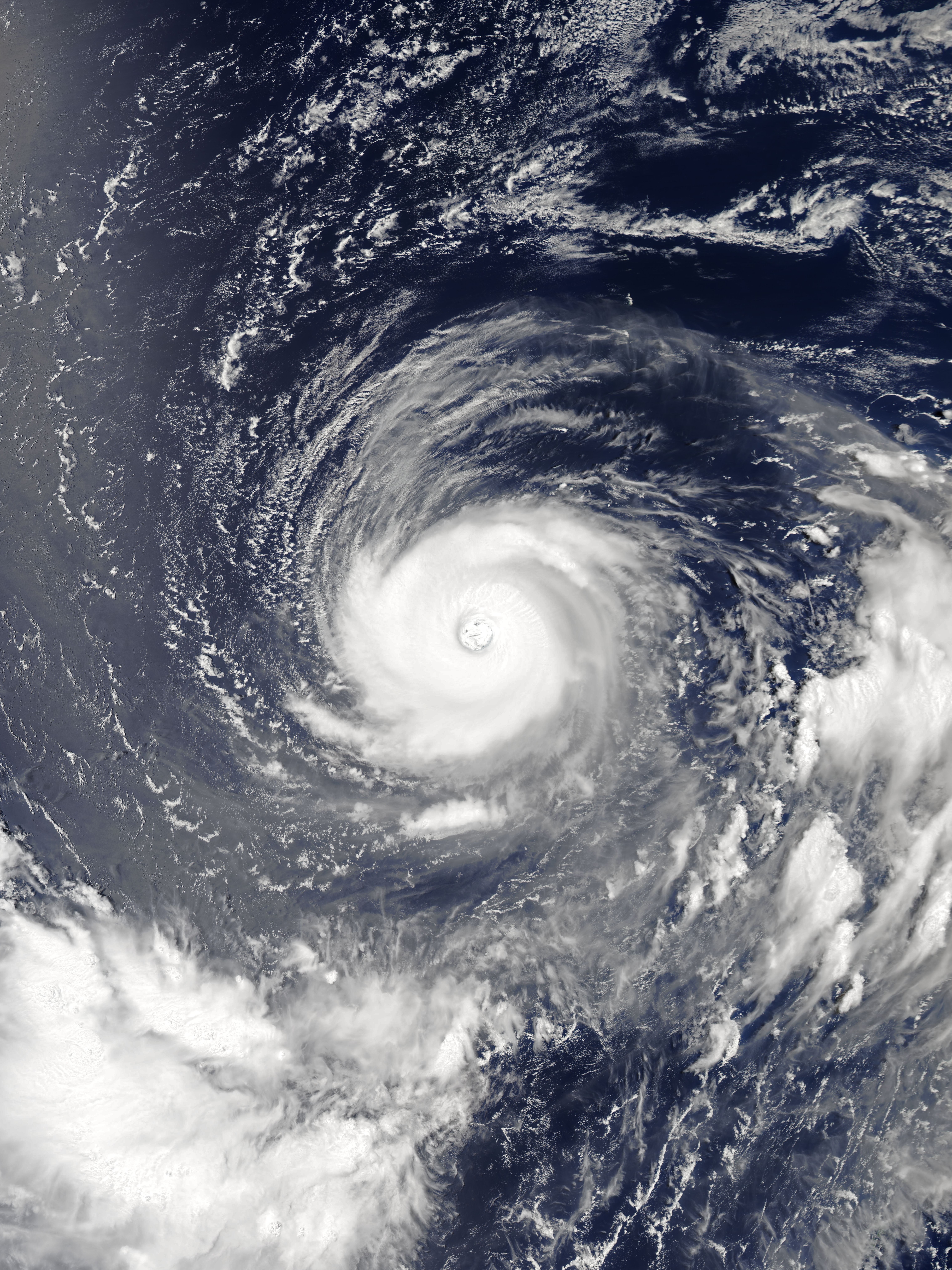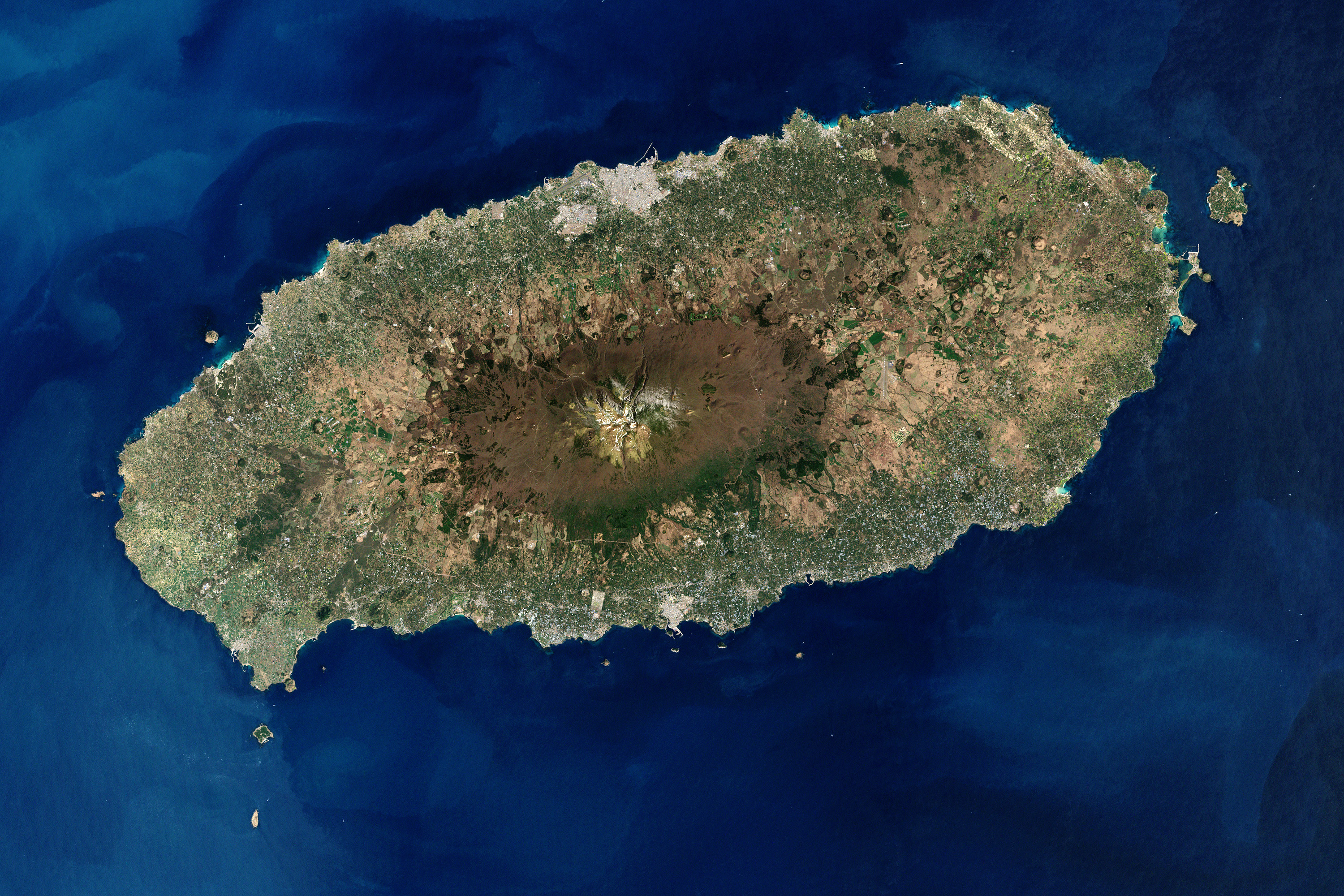|
Gimnyeonggul
The Gimnyeonggul () is a lava tube located in Donggimnyeong-ri, Gujwa-eup, Jeju City, and it is one of the World Heritage Sites in South Korea. The lava tube is about 705 m long, and is believed to be separated from Manjanggul Lava Tube by lava flows. The upper part of entrance is 12 m high and 4 m wide and is bent in a collapsed S shape. The upstream end of the passage was sealed with subsequent lava flows. The downstream passage is bi-level and the entrance is filled with sediments, most of which are carbonate sediments that had flown in from the beach. This is understood to be why there are lime features. The upstream end part is covered by a rich natural forest and the other end is covered with sand dunes. There is a significant amount of sand inside the tube. Because very little organic material has infiltrated the tube, Gimnyeonggul does not offer favorable habitats for cave life. Around 20 species are living in the tube. The Gimnyeong lava tube is also called "Gimnyeongsa ... [...More Info...] [...Related Items...] OR: [Wikipedia] [Google] [Baidu] |
Manjanggul
Manjanggul () is a lava tube located in Gimnyeong-ri, Gujwaeup, Jeju City, South Korea. At up to wide, high and 8.928 km (5½ miles) long, it is the 12th-longest lava tube in the world and the second longest on Jeju Island. It is the only cave of the Geomunoreum Lava Tube System, considered one of the finest lava tube systems in the world. It is regularly open to the public, although a significant portion of the cave is closed to visitors. It is also part of the UNESCO World Heritage Site list, under the item Jeju Volcanic Island and Lava Tubes. Lava stalactites and lava stalagmites, lava columns, lava flowstone, lava rafts, lava shelves, Among them, a lava column of is the largest known in the world. There are three entrances to the cave, although tourists are able to enter through just one of them (No. 2, facing southwards) and able to go up to into it. Entrance No. 3 contains the most favorable habitats for cave life. Between entrances 1 and 2, there is a lower ... [...More Info...] [...Related Items...] OR: [Wikipedia] [Google] [Baidu] |
Seongsan Ilchulbong
Seongsan Ilchulbong (), also called Sunrise Peak, is a volcano on eastern Jeju Island, in Seongsan-ri, Seogwipo, Jeju Province, South Korea. It is 182 meters high and has a volcanic crater at the top. Considered one of South Korea's most beautiful tourist sites, it is famed for being the easternmost mountain on Jeju, and thus the best spot on the island to see the first sunrise of the year. Seongsan Ilchulbong is a UNESCO World Heritage Site, Natural World Heritage Site, as part of the item Jeju Volcanic Island and Lava Tubes. Etymology "Seongsan" and "Ilchulbong" are two alternate names for the mountain that only in recent years have been joined together into a single name. "Seongsan" means "fortress mountain"; the mountain is said to resemble a Korean fortress. "Ilchulbong" means "sunrise peak". This latter name has reportedly been used since ancient times, and is derived from a belief that the mountain is one of the best places to view the sunrise on Jeju Island. The mounta ... [...More Info...] [...Related Items...] OR: [Wikipedia] [Google] [Baidu] |
Lava Tube
A lava tube, more rarely called a pyroduct, is a 'roofed conduit through which molten lava travels away from its vent'. If lava in the tube drains out, it will leave an empty cave. Lava tubes are common in low-viscosity volcanic systems. Lava tubes are important as they are able to transport molten lava much further away from the eruptive vent than lava channels. A tube-forming lava flow can emplace on longer distance due to the presence of a solid crust protecting the molten lava from atmospheric cooling. Lava tubes are often considered when preparing hazard maps or managing an eruptive crisis. Formation A lava tube is a type of lava cave formed when a low-viscosity lava flow develops a continuous and hard crust, which thickens and forms a roof above the still-flowing lava stream. Three main formation mechanisms have been described: (1) roofing over a lava channel, (2) pāhoehoe lobe extension or (3) lava flow inflation. # When it erupts from a vent, lava usually flow ... [...More Info...] [...Related Items...] OR: [Wikipedia] [Google] [Baidu] |
Jeju City
Jeju City (; ) is the capital of the Jeju Province in South Korea and the largest city on Jeju Island. The city is served by Jeju International Airport (IATA code CJU). Located on an island off the Korean Peninsula, Jeju has mild, warm weather during much of the year. The city is a well-known resort, with prestigious hotels and public casino facilities. In 2011, 9.9 million passengers flew between the two cities of Seoul and Jeju, making the Gimpo– Jeju route the world's busiest passenger air route. Jeju welcomes over ten million visitors every year, mainly from the South Korean mainland, Japan, and China. The population of Jeju City is 486,604 people and 225,139 households (244,468 men and 245,136 women, May 2024). The population density is 503.18 (per square km, 2020). History The area of the city has played a central role in Jeju since before recorded history. The Samseonghyeol, holes from which the three ancestors of the Jeju people are said to have come, are loca ... [...More Info...] [...Related Items...] OR: [Wikipedia] [Google] [Baidu] |
List Of World Heritage Sites In Asia And Australasia
A World Heritage Site is a place that is listed by the United Nations Educational, Scientific and Cultural Organization (UNESCO) as having special cultural or physical significance. General lists * Former UNESCO World Heritage Sites * List of World Heritage in Danger * List of World Heritage Sites by year of inscription * World Heritage Sites by country * Lists by continent Africa * List of World Heritage Sites in North Africa ** List of World Heritage Sites in Algeria **List of World Heritage Sites in Egypt ** List of World Heritage Sites in Libya ** List of World Heritage Sites in Morocco ** List of World Heritage Sites in Sudan ** List of World Heritage Sites in Tunisia *Lists of World Heritage Sites in Western Africa ** List of World Heritage Sites in Benin ** List of World Heritage Sites in Burkina Faso **List of World Heritage Sites in Cape Verde ** List of World Heritage Sites in Gambia ** List of World Heritage Sites in Guinea ** List of World Heritage Sites in Mali ** ... [...More Info...] [...Related Items...] OR: [Wikipedia] [Google] [Baidu] |
Sediments
Sediment is a solid material that is transported to a new location where it is deposited. It occurs naturally and, through the processes of weathering and erosion, is broken down and subsequently sediment transport, transported by the action of wind, water, or ice or by the force of gravity acting on the particles. For example, sand and silt can be carried in suspension (chemistry), suspension in river water and on reaching the sea bed deposited by sedimentation; if buried, they may eventually become sandstone and siltstone (sedimentary rocks) through lithification. Sediments are most often transported by water (fluvial, fluvial processes), but also wind (aeolian processes) and glaciers. Beach sands and stream channel, river channel deposits are examples of fluvial transport and deposition (geology), deposition, though sediment also often settles out of slow-moving or standing water in lakes and oceans. Desert sand dunes and loess are examples of aeolian transport and deposition. ... [...More Info...] [...Related Items...] OR: [Wikipedia] [Google] [Baidu] |
Carbonate
A carbonate is a salt of carbonic acid, (), characterized by the presence of the carbonate ion, a polyatomic ion with the formula . The word "carbonate" may also refer to a carbonate ester, an organic compound containing the carbonate group . The term is also used as a verb, to describe carbonation: the process of raising the concentrations of carbonate and bicarbonate ions in water to produce carbonated water and other carbonated beverageseither by the addition of carbon dioxide gas under pressure or by dissolving carbonate or bicarbonate salts into the water. In geology and mineralogy, the term "carbonate" can refer both to carbonate minerals and carbonate rock (which is made of chiefly carbonate minerals), and both are dominated by the carbonate ion, . Carbonate minerals are extremely varied and ubiquitous in chemically precipitated sedimentary rock. The most common are calcite or calcium carbonate, , the chief constituent of limestone (as well as the main component of ... [...More Info...] [...Related Items...] OR: [Wikipedia] [Google] [Baidu] |
Dune
A dune is a landform composed of wind- or water-driven sand. It typically takes the form of a mound, ridge, or hill. An area with dunes is called a dune system or a dune complex. A large dune complex is called a dune field, while broad, flat regions covered with wind-swept sand or dunes, with little or no vegetation, are called ''Erg (landform), ergs'' or ''sand seas''. Dunes occur in different shapes and sizes, but most kinds of dunes are longer on the wiktionary:stoss, stoss (upflow) side, where the sand is pushed up the dune, and have a shorter ''slip face'' in the lee side. The valley or trough between dunes is called a ''dune slack''. Dunes are most common in desert environments, where the lack of moisture hinders the growth of vegetation that would otherwise interfere with the development of dunes. However, sand deposits are not restricted to deserts, and dunes are also found along sea shores, along streams in semiarid climates, in areas of Outwash plain, glacial outwash ... [...More Info...] [...Related Items...] OR: [Wikipedia] [Google] [Baidu] |
Typhoon
A typhoon is a tropical cyclone that develops between 180° and 100°E in the Northern Hemisphere and which produces sustained hurricane-force winds of at least . This region is referred to as the Northwestern Pacific Basin, accounting for almost one third of the world's tropical cyclones. For organizational purposes, the northern Pacific Ocean is divided into three regions: the eastern (North America to 140°W), central (140°W to 180°), and western (180° to 100°E). The Regional Specialized Meteorological Center (RSMC) for tropical cyclone forecasts is in Japan, with other tropical cyclone warning centres for the northwest Pacific in Hawaii (the Joint Typhoon Warning Center), the Philippines, and Hong Kong. Although the RSMC names each system, the main name list itself is coordinated among 18 countries that have territories threatened by typhoons each year. Within most of the northwestern Pacific, there are no official typhoon seasons as tropical cyclones form througho ... [...More Info...] [...Related Items...] OR: [Wikipedia] [Google] [Baidu] |
Jeju Volcanic Island And Lava Tubes
The Jeju Volcanic Island and Lava Tubes () is a World Heritage Site in Jeju Province, South Korea. It was inscribed as one of the UNESCO World Heritage Sites in 2007 because of the Geomunoreum Lava Tube System and the exhibition of diverse and accessible volcanic features which are considered to demonstrate a distinctive and valuable contribution to the understanding of global volcanism. Jeju is a volcanic island 130 kilometers from the southern coast of the Korean Peninsula. The largest island and smallest province in South Korea, the island has a surface area of 1,846 square kilometers. Formations A central feature of Jeju is Hallasan, the tallest mountain in South Korea and a dormant volcano, which rises 1,950 meters above sea level. The main volcano includes 360 satellite volcanoes. Volcanic activity on Jeju began approximately in the Cretaceous and lasted until the early Tertiary period. The most recent eruptions are estimated to be about 5,000 years ago, which puts the v ... [...More Info...] [...Related Items...] OR: [Wikipedia] [Google] [Baidu] |
Hallasan
Hallasan () is a shield volcano comprising much of Jeju Island in South Korea. Its summit, at , is the highest point in the country. The area around the mountain is a designated national park, named Hallasan National Park. Hallasan is commonly considered to be one of the three main mountains of South Korea, along with Jirisan and Seoraksan. The Hallasan Natural Reserve was designated as a South Korean Natural Monument number 182 on October 12, 1966. Names Alternate English names for the mountain include ''Hanla Mountain'' and ''Mount Halla'', and older English sources refer to the peak as ''Mount Auckland''. Hallasan is written in Hangul as if it were ''Hanrasan'' (), but is still pronounced ''Hallasan''. In the past, Hallasan has been known by numerous other names in Korean including ''Buak'' (), ''Wonsan'' (), ''Jinsan'' (), ''Seonsan'' (), ''Dumuak'' (), ''Burasan'' (), ''Yeongjusan'' (), and ''Hyeolmangbong'' (). Geology and geography Hallasan Hallasan is a massive s ... [...More Info...] [...Related Items...] OR: [Wikipedia] [Google] [Baidu] |
Jeju Province
Jeju Province (; ), officially Jeju Special Self-Governing Province (Jeju language, Jeju: ; ), is the southernmost Provinces of South Korea, province of South Korea, consisting of eight inhabited and 55 uninhabited islands, including Marado, Udo (island), Udo, the Chuja Islands, Chuja Archipelago, and the country's largest island, Jeju Island.formerly transliterated as Cheju Island or Cheju Do, the island was also previously known as Quelpart to Europeans and as Saishū during the Korea under Japanese rule, Japanese occupation of Korea. The province is located in the Korea Strait, with the Korea, Korean Peninsula to the northwest, Japan to the east, and China to the west. The province has two cities: the capital Jeju City, on the northern half of the island, and Seogwipo, on the southern half of the island. The island is home to the shield volcano Hallasan, the highest point in South Korea. Jeju language, Jeju and Korean language, Korean are the official languages of the province, ... [...More Info...] [...Related Items...] OR: [Wikipedia] [Google] [Baidu] |






